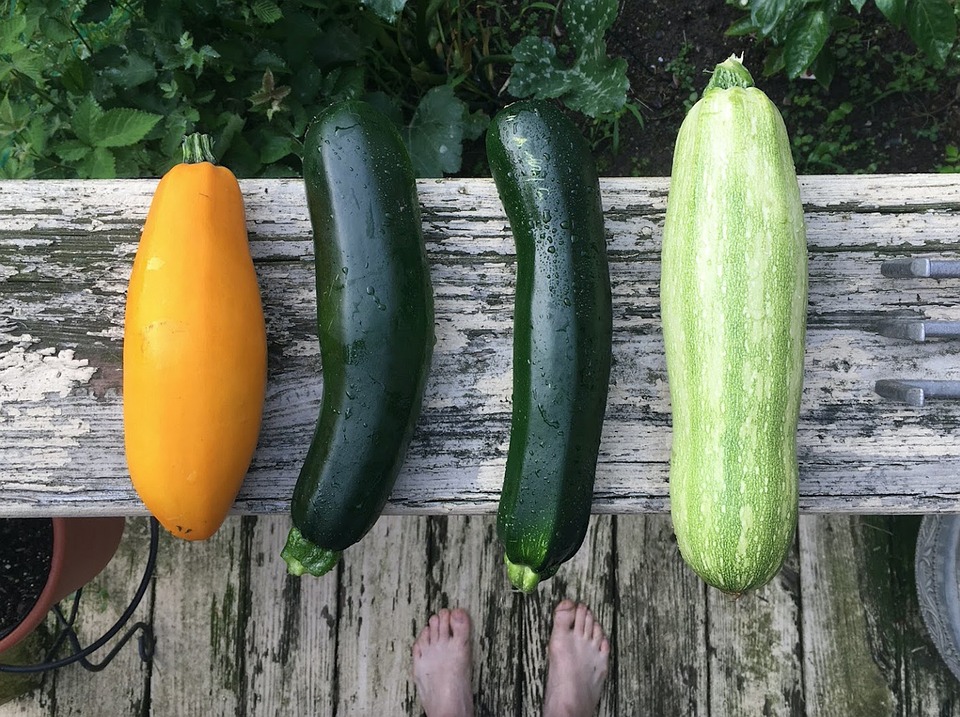# 10 Sustainable Farming Practices That Protect Our Planet
Picture this: the sun rises, casting golden rays over your little patch of land. You step outside, breathing in the fresh morning air, and there’s a sense of harmony between you and the earth beneath your feet. Embracing sustainable farming has transformed not just my space, but my entire perspective on what it means to cultivate our planet with love and care. Farming sustainably isn’t just a method; it’s a philosophy that nurtures our ecosystem, preserves resources, and puts health and happiness at the forefront. Let’s dive into ten sustainable farming practices that protect our planet and can bring a wave of positive change to your own backyard, community garden, or larger farming endeavor!
## 1. Crop Rotation
### The Basics
Crop rotation involves alternating the types of crops grown in a particular area across seasons or years. This practice is a natural way to enrich soil and prevent the build-up of pests and diseases.
### Why It Matters
Each crop has its own nutrient requirements and pest associations. By rotating them, you ensure that soil nutrients are replenished naturally and pests are less likely to take root.
### Pro Tips
– Keep a garden journal to track what you plant where and when—this will help you plan your rotations more effectively.
– Try incorporating legumes (like beans and peas) into your rotation. They naturally fix nitrogen in the soil, enriching it for future crops.
## 2. Companion Planting
### The Basics
Companion planting is the practice of growing different plants close together for mutual benefits—like pest control, pollination, and maximizing space.
### Why It Matters
Some plants can repel pests or attract beneficial insects. For example, planting marigolds among vegetables can deter nematodes and aphids.
### Pro Tips
– Use websites or companion planting guides to find the best combinations. For instance, tomatoes thrive near basil, which enhances flavor and protects against pests.
– Experiment with vertical gardening to make the most of your space—plant vining crops like cucumbers with sturdy companions for support.
## 3. Water Conservation Techniques
### The Basics
Sustainable water management includes rainwater harvesting, drip irrigation, and xeriscaping to reduce water use and maintain healthy crops.
### Why It Matters
With climate change affecting weather patterns, conserving water is essential. Efficient use of water can boost productivity while safeguarding this precious resource.
### Pro Tips
– Install rain barrels to collect water from your roof—this can be used for irrigation when Mother Nature is on a break.
– Look into drip irrigation systems—they minimize water loss and deliver precise amounts directly to plant roots.
## 4. Soil Health Improvement
### The Basics
Healthy soil is the backbone of sustainable farming. Techniques such as composting, mulching, and cover cropping help rejuvenate soil health.
### Why It Matters
Rich, healthy soil not only supports plant life but also sequesters carbon, reducing greenhouse gases in the atmosphere while improving water retention.
### Pro Tips
– Start a compost bin with kitchen scraps and yard waste. Incorporate it into your soil to boost fertility.
– Plant cover crops in the off-season, such as clover or rye, which protect the soil and improve its structure.
## 5. Integrated Pest Management (IPM)
### The Basics
IPM is a holistic approach to pest control that emphasizes understanding the pest population dynamics and using a combination of techniques for managing it.
### Why It Matters
This method limits reliance on chemical pesticides by combining natural predators, cultural practices, and biopesticides to keep pests under control.
### Pro Tips
– Introduce beneficial insects like ladybugs or lacewings; they can help control aphid populations naturally.
– Monitor your plants regularly to catch pest troubles early—prevention is always better than cure!
## 6. Organic Fertilizers
### The Basics
Switching to organic fertilizers, such as compost, manure, or biochar, nourishes plants without the harmful side effects of synthetic chemicals.
### Why It Matters
Organic fertilizers feed the soil, promoting a vibrant ecosystem that supports plant health and biodiversity instead of depleting it.
### Pro Tips
– Rotate different types of organic fertilizers to see which works best for your crops.
– Experiment with worm composting (vermiculture) to produce nutrient-rich castings that supercharge plant growth.
## 7. Agroforestry
### The Basics
Agroforestry combines agriculture with forestry, integrating trees and shrubs into crop and livestock systems.
### Why It Matters
This practice improves biodiversity, reduces erosion, and even enhances the resilience of crops to climate change. The trees provide shade, wind protection, and even resources like fruit and nuts.
### Pro Tips
– Consider planting fruit or nut trees in your space to diversify your yield.
– Use taller trees as windbreaks for more vulnerable crops—this can protect and enhance the growing conditions.
## 8. Community Supported Agriculture (CSA)
### The Basics
CSAs are community programs where farmers share their harvest with local consumers, creating a direct link between producers and eaters.
### Why It Matters
This approach supports local economies, reduces the carbon footprint associated with transporting food, and fosters community connections around sustainable practices.
### Pro Tips
– Participate in or start a local CSA. It connects you to your community, reduces food waste, and encourages shared resources.
– Promote your venture through social media or local networks to draw in members.
## 9. Polyculture Farming
### The Basics
Polyculture involves growing a variety of crops in the same space, mimicking natural ecosystems, which enhances resilience and reduces vulnerability to climate shifts.
### Why It Matters
Planting multiple species together creates a balanced environment, discouraging pests and optimizing land use.
### Pro Tips
– Choose a mix of crops that grow well together, sharing similar needs for sunlight and water.
– Interplant slower-growing crops with quick-maturing varieties—the latter can provide shade and protection for their companions.
## 10. Energy Conservation Smart Practices
### The Basics
Energy conservation in farming involves using renewable energy sources, such as solar, wind, and geothermal, and adopting energy-efficient equipment.
### Why It Matters
By reducing energy dependence, farmers can enhance sustainability, lower costs, and shrink their carbon footprint.
### Pro Tips
– Investigate local grants or incentives for renewable energy installations.
– Consider energy-efficient appliances and practices in your farming operations—every little change counts!
## Conclusion
Sustainable farming isn’t just about changing a few practices; it’s about creating a lasting relationship with our planet. Adopting these ten practices can help you contribute to a healthier ecosystem, foster biodiversity, and create food security for future generations. Each small change you consider can make a big difference, not just for your own garden but for the world at large. Remember, every seed planted with intention can lead to a bountiful harvest, not only for our tables but also for our planet. So let’s dig in, cultivate sustainably, and protect our beautiful home!
### Pro Tips Recap
– Keep a garden journal for effective crop rotation.
– Use companion planting to enhance growth and protect from pests.
– Explore community connections through CSAs for shared sustenance.
– Stay informed and adaptable as you embrace renewable energy solutions.
Together, let’s sow the seeds of a sustainable future!



